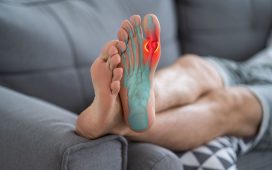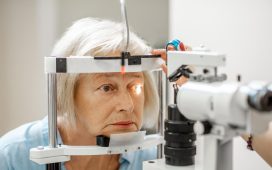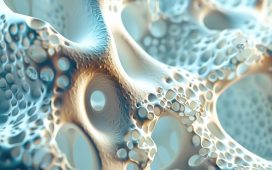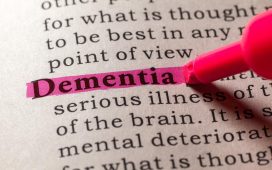Normal EEG activity consistent with consciousness emerged as long as 35 to 60 minutes into CPR despite marked cerebral ischemia
By Elana Gotkine HealthDay Reporter
MONDAY, Sept. 18, 2023 (HealthDay News) — Some patients with in-hospital cardiac arrest revived by cardiopulmonary resuscitation (CPR) report clear memories, according to a study recently published in Resuscitation.
Sam Parnia, M.D., Ph.D., from the New York University School of Medicine in New York City, and colleagues conducted a prospective 25-site study to examine consciousness and its underlying electrocortical biomarkers during CPR. Fifty-three (9.3 percent) of 567 patients with in-hospital cardiac arrest survived; 28 (52.8 percent) completed interviews to be examined for recall of awareness and cognitive experiences.
The researchers found that 11 patients (39.3 percent) reported cardiac arrest memories/perceptions suggestive of consciousness. Four categories of experiences were detailed: emergence from coma during CPR (CPR-induced consciousness; two patients [7.1 percent]) or during the postresuscitation period (two patients [7.1 percent]); dream-like experiences (three patients [10.7 percent]); and transcendent recalled experience of death (six patients [21.4 percent]). These categories were reinforced based on experiences of 126 community cardiac arrest survivors, and an additional one was added: delusions (misattribution of medical events). Normal electroencephalogram activity, consistent with consciousness, emerged as long as 35 to 60 minutes into CPR, despite marked cerebral ischemia.
“Our work found that the brain can show signs of electrical recovery long into ongoing CPR,” Parnia said in a statement. “This is the first large study to show that these recollections and brain wave changes may be signs of universal, shared elements of so-called near-death experiences.”
Copyright © 2023 HealthDay. All rights reserved.








